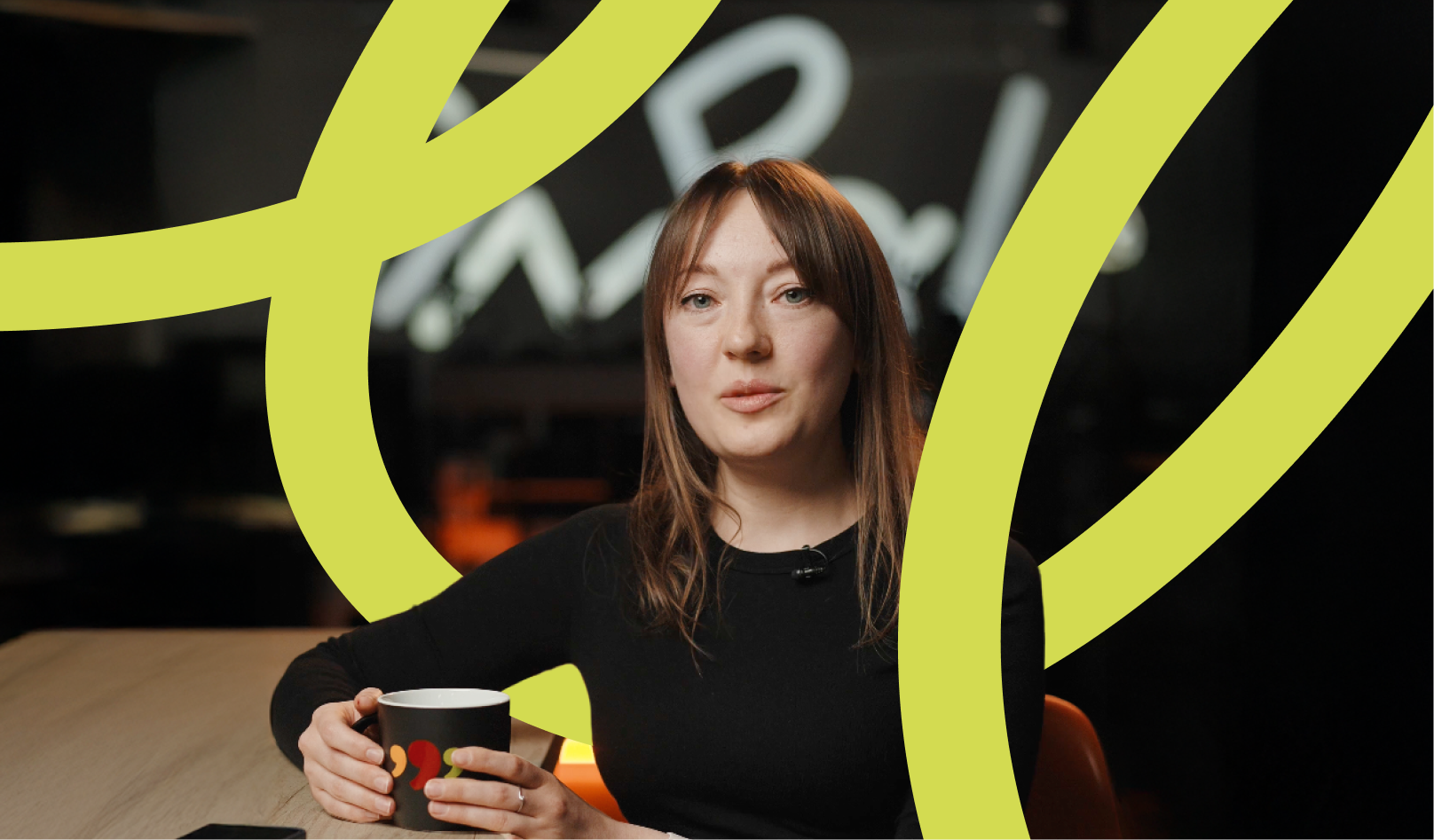Simpals Company is an IT company, which links about 40 projects and 4 product teams. Each team has its own methods and instruments. As the IT field rapidly evolves, the teams share their knowledge and experience between each other. As a result, Simpals decided to call this year ”the year of training”. So, this is how we formed a new habit of gathering in the “arena” to study together new approaches, methods and theories, which may help our projects and company to grow.
Thus, we start our team training series with Jobs To Be Done theory.
What is Jobs To Be Done?
Jobs To Be Done (JTBD) or “task needs to be completed” is a theory about the users desires and tasks. It helps understand the patterns of choice, what for and why people buy a certain thing. Using JTBD you can predict which goods will be in demand and which won’t, thus, creating successful products.
The essence of the theory is the following: we don’t purchase products or services, but we “hire” them. For instance, a guy named Johnny orders online store development, and he does it not because he needs it, but because he needs to develop his business, or he is looking for a new source of income, or because he wants to take his family on a holiday to Bali instead of Turkey, because it’s not trendy anymore. This is Johnny’s “task to be completed”, so your product has to help him to accomplish it.
Whom it might be useful to?
There are no limits in using JTBD. This theory has a lot of tools, so it might be used by product managers, marketers, designers and even photographers. Optionally, you can apply this theory to life or career, but most importantly, choose the right tools.
How we implement JTBD theory in Simpals projects?
The first Simpals project which started using JTBD methods was the 999.md online ads board. What for? To improve the project, to become the best on the Moldovan market and to understand why users prefer this site for submitting their ads.
Because 999.md is not a startup, but a 20-year-old project, the JTBD research started with a goal definition: object of research (why people prefer 999.md) and what needs to be found out in the end (project strengths and weaknesses, which direction to develop).
The next step and the practical tool implementation were the JTBD method interviews. Theory’s main idea is that all people are unequally unhappy, but are equally happy, so, it means that you can achieve project growth by focusing on the positive experience. Therefore, we invited for an interview clients who used the project services for the last 60 days and who were satisfied.
JTBD methods are different from Customer Development and character-driven methods. These approaches do not build the image of the target audience and do not specify how the product is used (likes and dislikes). They only help in understanding the users’ reasons (why they used the project’s service), context (what happened during this time) and needs (what for), and, consequently, their key “task”.
After the interview, all data has to be analyzed and divided. At the end, after data analysis, you will be able to understand and to set priorities for project development:
– Which decisions accomplish the clients’ “tasks”, and they need to be promoted;
– Which decisions can be improved, to use them further for project development;
– Which decisions must be rearranged.
What is the JTBD advantage and why do the companies need it?
For entrepreneurs who develop products or services, it is important to learn to think in terms of their users’ needs. Only in this way they will be able to build their businesses, which will remain stable during many years to come.
Apple Company and their famous product iPod is a great example. At the time when the iPod was becoming very popular (about 55 mln. sold), the company started developing the iPhone, which actually made the player an obsolete technology. Why? The company realized that the sales growth won’t last forever. It’s either you enjoy your leading position, and wait until another company will offer a new solution and take over the market, or become proactive.
JTBD theory may seem too sophisticated, philosophical and psychological, but it has dozens of advantages:
– The project can stay relevant longer. JTBD tools help correctly evaluate and determine the real competitors, prioritize and build development strategies.
– Understand users’ motivations. Research offers data for project development, design of new products and their promotion on a long term basis.
– Determine the direction of development. JTBD helps maintain needed information: less segments of the target audience means less unnecessary information. It helps understand what people really want, prioritize and define strategy for project growth.
It is important to realize that JTBD theory won’t replace the existing approaches and working processes. It functions perfectly with CustDev, Lean, Hadi cycles, CJM maps. It also allows to create own frameworks and models for theory implementation, but remember: focus more on users’ tasks rather than on the product itself.



